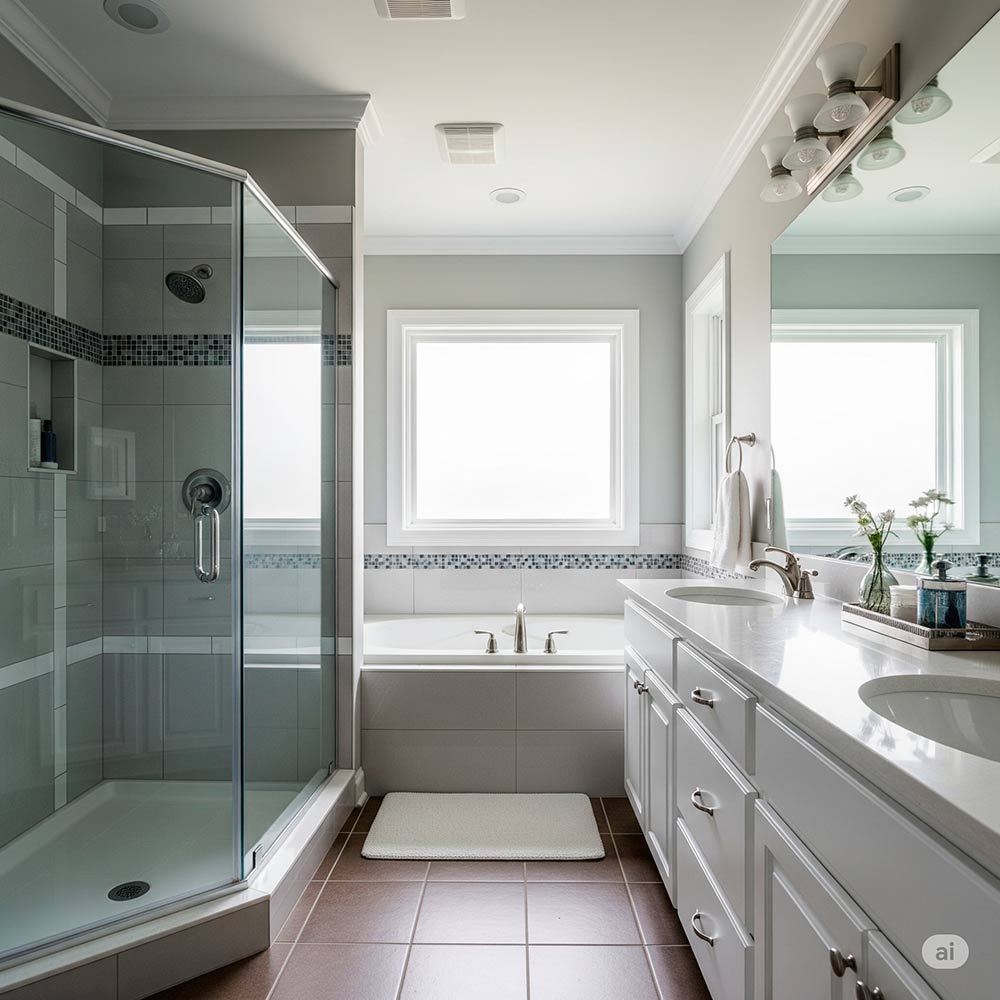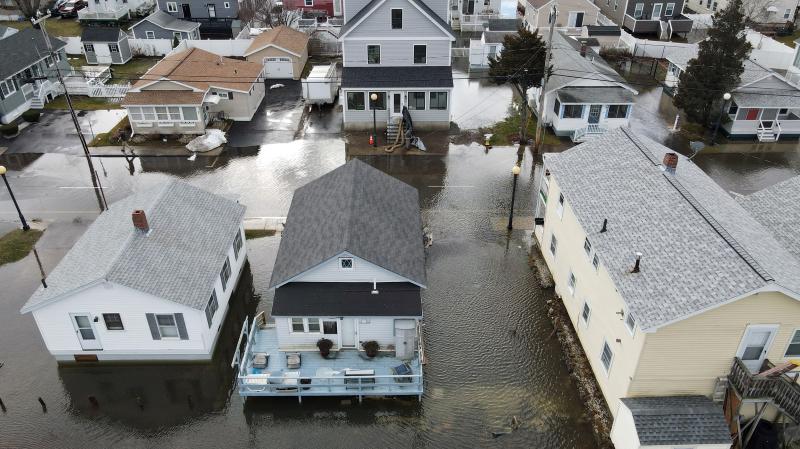Introduction: The Hidden Risk in Your Dream Bathroom Remodel
Imagine this: You’ve spent months planning your perfect bathroom remodel — choosing luxurious tiles, sleek fixtures, and a modern walk-in shower. The day your contractor’s done, you step inside your new oasis… only to find out you’re facing fines or even orders to undo the work. Why? Because you didn’t get a building permit.
If you’re starting a bathroom remodel in 2025, understanding when and why you need a permit is crucial to avoid costly surprises, protect your investment, and ensure safety. This detailed guide will walk you through everything you need to know about bathroom remodel permits in the U.S.—from deciding if your project requires one to how to apply, how much it costs, and what happens if you skip it.
Table of Contents
- Why Building Permits Matter for Bathroom Remodels
- When Exactly Do You Need a Bathroom Remodel Permit?
- Common Bathroom Projects That Require Permits
- Bathroom Projects That Usually Don’t Require Permits
- How to Check Your Local Permit Requirements
- Step-by-Step: How to Apply for a Bathroom Remodel Permit
- Costs and Timelines for Bathroom Remodel Permits
- Risks and Consequences of Remodeling Without a Permit
- Tips for Working with Contractors and Inspectors
- Frequently Asked Questions (FAQs)
- Final Thoughts: Remodel Smart, Remodel Safe
Why Building Permits Matter for Bathroom Remodels
Building permits ensure your bathroom renovation complies with local building codes and safety standards. Getting a permit:
- Protects your health and safety by confirming proper plumbing, electrical, and structural work.
- Safeguards your investment and home value—important if you plan to sell later.
- Helps avoid legal issues, penalties, or the need to undo unpermitted work.
- Reflects compliance with zoning and environmental regulations.
Local building departments require permits to inspect and approve work, ensuring it meets code and is safe for years to come.
When Exactly Do You Need a Bathroom Remodel Permit?
Whether or not you need a permit depends on your location and the scope of your remodel. However, the general rule in 2025 is:
If your remodel involves altering plumbing, electrical, or structural elements, you almost certainly need a permit.
Conversely, purely cosmetic changes usually don’t require permits.
Permit Needed Situations Include:
- Moving or adding plumbing fixtures (toilets, sinks, showers).
- Installing or relocating electrical outlets or lighting.
- Making structural changes like removing or adding walls.
- Changing bathroom layouts significantly.
- Adding ventilation systems or windows.
- Creating an entirely new bathroom space
Permit Not Typically Needed For:
- Painting or wallpapering walls.
- Replacing faucets or fixtures in the same location.
- Installing new floor tile if subfloor remains intact and no plumbing is moved.
- Replacing cabinets without changing plumbing or structure.
Always confirm with your local building department because enforcement varies by city and state.
Common Bathroom Projects That Require Permits
1. Plumbing Modifications
Any work to alter drains, water lines, or sewage requires permits and inspections. This includes:
- Moving or installing toilets, sinks, tubs, showers.
- Installing new water heaters or fixtures.
- Adding or rerouting water supply lines.
2. Electrical Work
Safety is paramount in wet areas like bathrooms. Permits are needed for:
- Adding new electrical outlets or circuits.
- Rewiring or upgrading existing systems.
- Installing new lighting fixtures, exhaust fans, or heated floors
3. Structural Changes
If removing or adding walls—especially load-bearing walls—you must get approval. This includes:
- Expanding the bathroom space.
- Opening walls to create new layouts.
- Reinforcing floors or ceiling joists.
4. Ventilation and Windows
Installing or enlarging windows or exhaust fans requires permits to ensure moisture control and proper ventilation.
5. Adding a New Bathroom
Adding a bathroom where none existed often involves multi-system work (plumbing, electrical, structure) and mandates permits.
Bathroom Projects That Usually Don’t Require Permits

- Painting walls or ceilings.
- Replacing sinks, faucets, or toilets in the same location without moving plumbing.
- Installing new tile or vinyl flooring (if subfloor is intact and plumbing untouched).
- Installing or replacing cabinetry without modifying wiring or plumbing.
- Cosmetic upgrades like new mirrors, shelves, or towel racks.
How to Check Your Local Permit Requirements
Permitting rules vary widely by city, county, and state. Here’s how to find out what applies to you:
- Visit your local building or code enforcement office’s website. Many have clear guidance and downloadable forms.
- Call or email the local building department with details of your project for specific advice.
- If you hire a licensed contractor, they should clarify permitting requirements. Still, it’s your responsibility to confirm permits are secured.
- Check municipal building codes and zoning regulations for special restrictions on sizes, setbacks, and use.
Step-by-Step: How to Apply for a Bathroom Remodel Permit
1. Define Your Project Scope
Create a clear plan detailing any plumbing, electrical, or structural changes. Include sketches if possible.
2. Contact Local Building Department
Get application forms and a list of required documentation (plans, contractor licenses, fees).
3. Submit Your Application
Include detailed plans and pay the required fee. Some municipalities accept online submissions.
4. Wait for Review and Approval
This typically takes 5-20 business days depending on location and complexity.
5. Schedule Inspections
You’ll need inspections at various stages of the work to verify compliance.
6. Receive Final Approval
Once your work passes inspection, you’ll be issued a certificate of completion.
Costs and Timelines for Bathroom Remodel Permits
- Typical Permit Fees: Range from $150 to $500 depending on municipality and project scope.
- Approval Time: Usually 1 to 3 weeks, but expedited options may exist.
- Inspection Costs: Usually included in permit fees but vary by jurisdiction.
- Delays: Missing paperwork or incomplete plans can cause delays.
Risks and Consequences of Remodeling Without a Permit
- Fines and Penalties: Local governments can impose hefty fines for unpermitted work.
- Forced Undoing: You may be required to demolish renovations done without permits.
- Resale Issues: Unpermitted renovations can lower home value and complicate selling.
- Insurance Problems: Insurance claims can be denied if damage stems from unpermitted work.
- Safety Risks: Work done without inspection may fail safety codes, risking structural failures, leaks, or electrical hazards.
Tips for Working with Contractors and Inspectors
- Always hire licensed, insured contractors familiar with local codes.
- Confirm who is responsible for pulling permits—ideally the contractor, but always double-check.
- Keep copies of all permit documents and approvals.
- Be present during inspections to address issues immediately.
- Communicate openly with inspectors and promptly fix any problems they note
Frequently Asked Questions (FAQs)
Q: Can I do cosmetic bathroom updates without a permit?
A: Yes, painting, replacing fixtures in the same location, and swapping floor tile without moving plumbing usually don’t need permits.
Q: What if my contractor didn’t get a permit?
A: You, as the homeowner, are responsible. You may face fines and will likely need to get permits retroactively, which can be costly.
Q: How long does the permit process take?
A: It varies but expect between 1 and 3 weeks for approval in most areas.
Q: Does adding a bathtub require a permit?
A: Yes, if it involves plumbing or structural changes.
Q: Are permits required for electrical upgrades in bathrooms?
A: Yes. Bathrooms have strict electrical codes due to moisture hazards.
Conclusion: Remodel Smart, Remodel Safe
Navigating permits might seem daunting, but securing the right approvals before remodeling your bathroom protects your investment, ensures safety, and avoids legal hassles. Always check your local building authority’s requirements, hire qualified professionals, and keep documentation handy.
Your dream bathroom deserves a foundation built on compliance and care.
Start your remodel the smart way—check your permit needs today to enjoy a stress-free, beautiful bathroom transformation.
This guide draws on the latest 2025 resources and best practices from building departments and remodeling experts across the U.S, As we can mention Miller’s Residential Creations, Badeloft, Investopedia, and A House in the Hills.
Ready to Start Your Bathroom Remodel the Right Way?
Don’t risk costly fines or project delays—ensure your bathroom renovation complies with all local building codes and permit requirements. Whether you’re planning minor updates or a complete overhaul, expert guidance can make all the difference.
📧 Contact us today at info@groupdecora.com for personalized advice, step-by-step permit assistance, and trusted remodeling tips tailored to your local area.
Transform your bathroom safely and smoothly—let’s make your dream space a reality together!






Leave a Reply